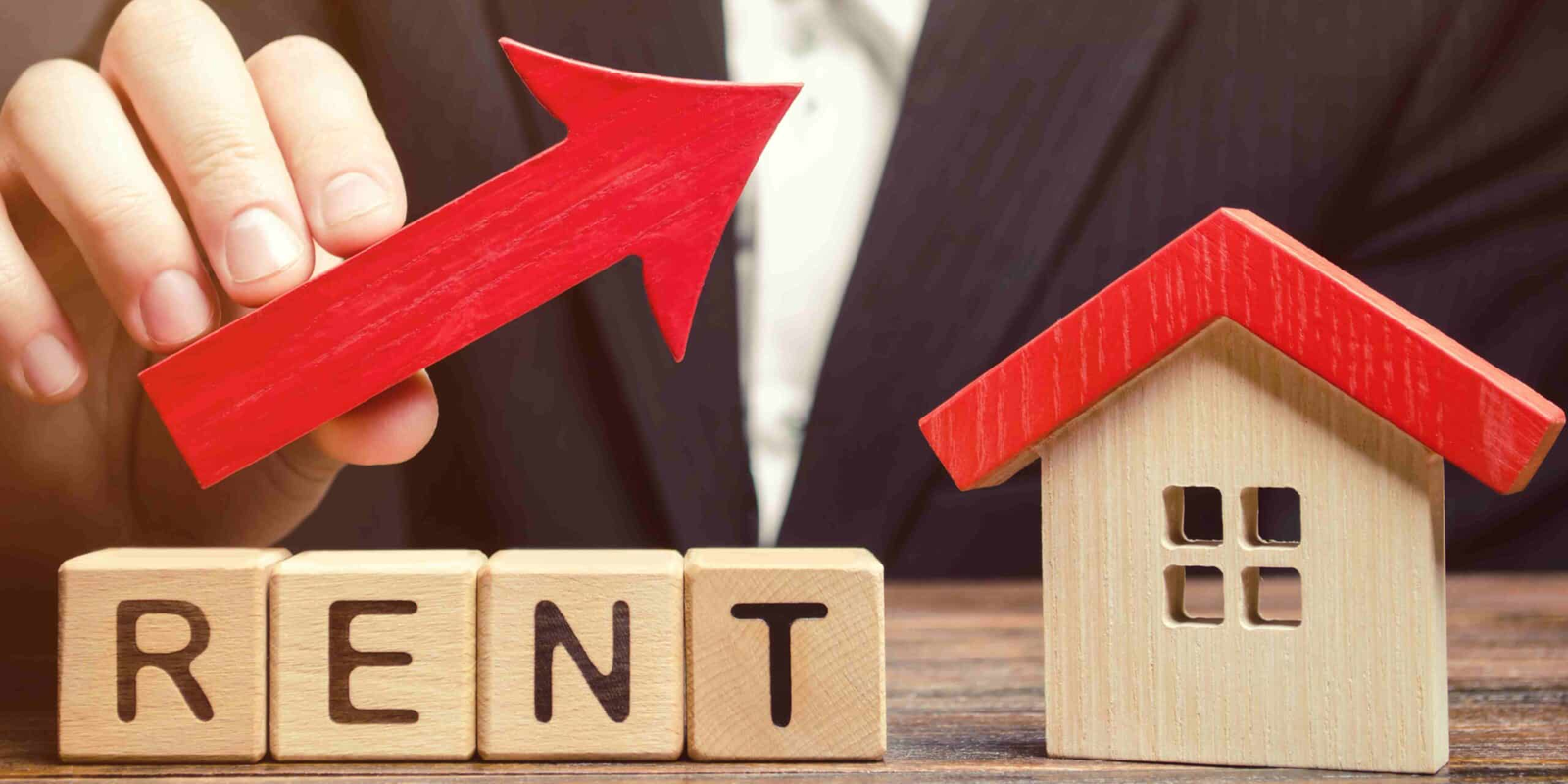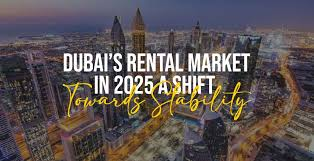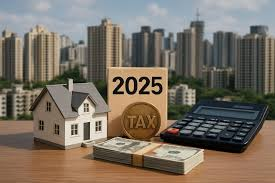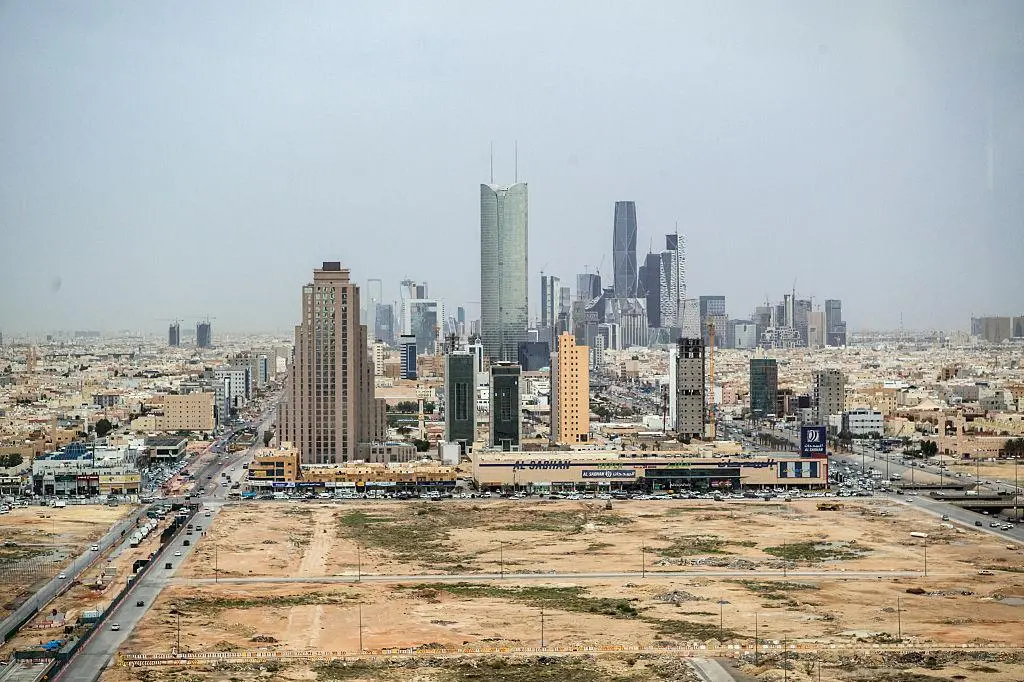Now Reading: 5 Significant Effects of Rent Cap Implementation Measures in 2025
-
01
5 Significant Effects of Rent Cap Implementation Measures in 2025
5 Significant Effects of Rent Cap Implementation Measures in 2025

Table of Contents
Rent Cap : Saudi Arabia’s real estate market, valued at SAR 1.1 trillion ($293 billion) with 200,000 transactions in 2024, is projected to reach USD 471 billion by 2030, growing at a 7.89% CAGR, per Saudi Residential Real Estate Market Overview. The Real Estate General Authority (REGA) introduced rent cap measures in 2025, per Ministerial Resolution No. 1357, dated 15/11/1446 AH, limiting annual residential rent increases to 5% in major cities like Riyadh and Jeddah, aligning with Vision 2030’s housing affordability goals. These measures impact rental yields, stabilizing at 6–8%. This article explores five significant effects of rent cap implementation measures on Saudi Arabia’s real estate market in 2025, with U.S. tax considerations, without external links.
Why Rent Cap Measures Matter?

Saudi Arabia’s 4.5% GDP growth forecast, 7.6 million population, and 20% FDI growth to SAR 15 billion ($4 billion) in 2024 drive real estate demand, per Ministry of Investment. Rent caps enhance affordability, ensure 98% compliance via Ejar, and avoid fines up to SAR 500,000. Key impacts:
- Affordability Boost: 5–10% reduction in tenant costs.
- Compliance Efficiency: Aligns with Wafi and Ejar platforms.
- Yield Stability: 85–90% occupancy in Riyadh’s SEDRA.
- FDI Appeal: 10% growth in residential investments.
5 Significant Effects of Rent Cap Implementation Measures in 2025
1. Stabilized Rental Yields in Riyadh
The 5% rent cap limits increases for Riyadh properties, per REGA. A SAR 100,000 annual lease on a SEDRA villa rises to SAR 105,000, maintaining 6–7% yields but capping revenue growth, stabilizing 85% occupancy.
- Impact: Restricts yield growth by 0.5–1%; supports tenant retention.
- U.S. Consideration: Rental income on Schedule E; assets on Form 8938.
- Action: Register via Ejar; target ROSHN projects.
2. Increased Tenant Retention in Jeddah
Rent caps encourage longer leases in Jeddah, reducing turnover by 8%, per REGA. A SAR 80,000 Marafy apartment lease, capped at SAR 84,000, boosts tenant stays, saving SAR 40,000 (0.5%) in vacancy costs.
- Impact: Enhances cash flow; supports 7–8% yields.
- U.S. Consideration: Income on Schedule E; expenses on Form 4562.
- Action: Use Ejar platform; consult Knight Frank.
3. Shift to Affordable Housing in Dammam
Developers in Dammam prioritize affordable units to align with rent caps, per REGA. A SAR 50,000 lease on a SAR 1 million property yields 5%, driving SAR 100 million projects, increasing supply by 5–10%.
- Impact: Boosts Vision 2030’s 70% ownership goal; stabilizes 6–8% yields.
- U.S. Consideration: Income on Schedule E; credits on Form 1116.
- Action: Invest in PIF-backed projects; verify with ZATCA.
4. Reduced Speculative Investments in NEOM

Rent caps deter speculative buying in NEOM, per REGA. A SAR 120,000 lease on a SAR 2 million property yields 6%, softening price growth by 5–7%, encouraging long-term investments and supporting 6–7% yields.
- Impact: Lowers volatility; attracts 10% more FDI.
- U.S. Consideration: Gains on Form 8949; assets on Form 8938.
- Action: Structure via Tadawul; consult PwC.
5. Enhanced Compliance in Makkah
Ejar’s mandatory registration enforces rent caps in Makkah, ensuring 98% compliance, per REGA. A SAR 70,000 Masar lease avoids SAR 50,000 (0.5%) in fines, saving costs and aligning with 85% occupancy.
- Impact: Cuts compliance costs by 0.3–0.5%; supports 6–8% yields.
- U.S. Consideration: Income on Schedule E; accounts on FinCEN Form 114.
- Action: Register via Ejar; consult Deloitte.
Key Considerations for U.S. Investors
- Risks:
- Oversupply: 80,000 units in 2025 may soften yields by 0.5–1%, per CBRE.
- Volatility: 5–8% price fluctuations possible, per Knight Frank.
- Compliance Costs: Advisory fees add 0.3–0.5%, offset by savings.
- Tax Compliance: Saudi’s 2.5% zakat (Hijri), 5% RETT, and 15% VAT apply. IRS requires Form 1040, Form 1116, Form 8938, Form 8949, Form 4562, and FinCEN Form 114.
- Regulatory Compliance: REGA mandates Ejar registration; fines up to SAR 500,000. Verify via MoCI.
- Currency Stability: SAR pegged at 1 USD = 3.75 minimizes risk.
Conclusion
The 2025 rent cap measures in Saudi Arabia—stabilizing yields, increasing tenant retention, shifting to affordable housing, reducing speculation, and enhancing compliance—reshape a $293 billion real estate market with 6–8% yields. U.S. investors, leveraging IRS credits and tools from Ejar, ZATCA, or Wafi, can optimize returns in Riyadh, Jeddah, and Makkah, ensuring affordability and profitability in Vision 2030’s dynamic landscape. Rent cap
read more: 7 Innovative Housing Tax Breaks Under Vision 2030 Plan in 2025





















